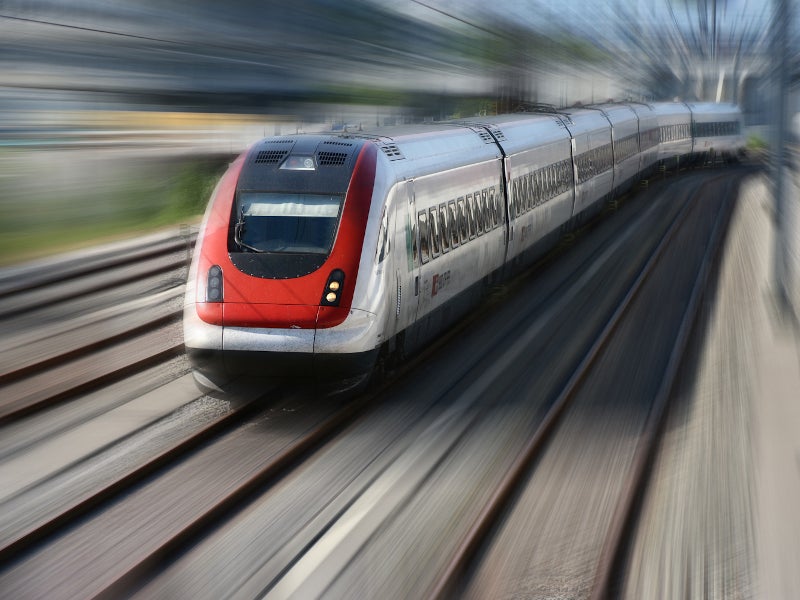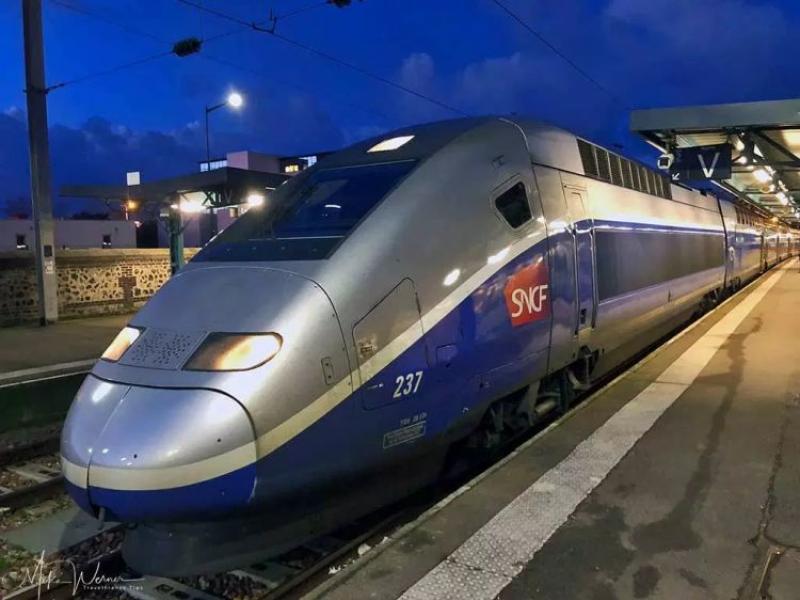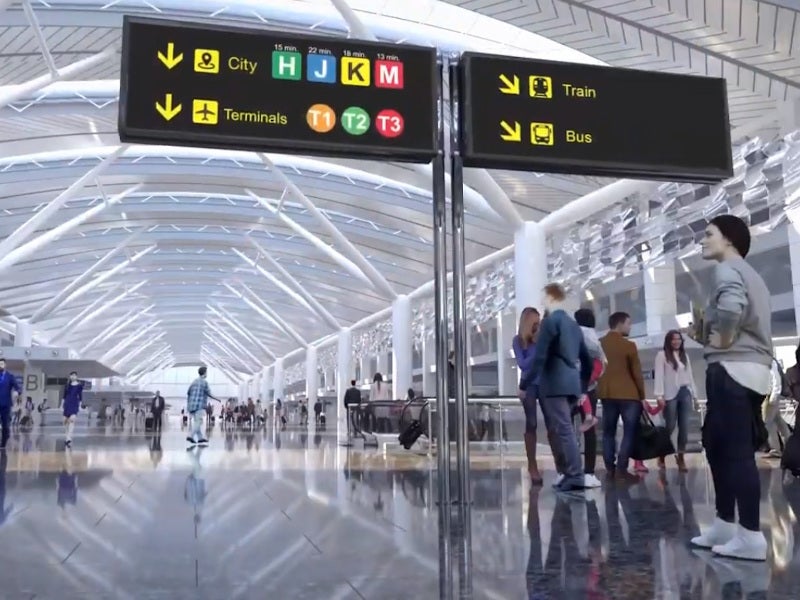The Melbourne-Geelong Fast Rail Link is a high-speed rail line proposed by the Government of Victoria in Australia to reduce the travel time between Melbourne and Geelong and improve the passenger experience.
The state government is involved in extensive planning and technical studies for the high-speed rail link. It is expected to integrate the future Melbourne Airport Link with the existing line and help unlock the capacity in the west and north regions of Melbourne.
The total estimated cost of the project is A$4bn ($2.7bn), while the detailed planning and design will cost A$100m ($67.2m). The Melbourne-Geelong fast rail project will improve the current line from Melbourne to Geelong to allow fast commuter rail services.
The project is investigating several options, including the potential electrification of the current rail line to Geelong, development of dedicated high-speed rail alignments with new electric rolling stock.
The federal and state governments are working on finalising the implementation of the project arrangements. The rail line project schedule is dependent on the agreement between the two governments.
Melbourne-Geelong fast rail link details
The Geelong fast rail upgrade project is anticipated to include enhancements to the track, duplication, electrification works, signalling, and station improvements. The trains on the new line will be able to reach average speeds of up to 160km/h.
The project is also exploring a possible rail connection to Melbourne Airport, linking with the metropolitan and regional rail transit network.
It will provide regional services that are more frequent and more efficient.
The fast rail project will feature dedicated rolling stock that can achieve greater speeds than those currently in service in Victoria.
A train fleet with speeds of 250km/h-300km/h is being studied for the proposed rail link.
The studies are also investigating the possible delivery of electrified lines in Wyndham Vale and Melton, and other parts of the state.
In addition, the plans include the creation of a new transport hub at Sunshine for greater integration of rail services.
Project benefits
The fast rail project will strengthen transport connectivity between Melbourne and Geelong, while reducing the time to cover a distance of 80km from one hour to around 30 minutes.
The new rail connection will also provide benefits such as reducing traffic congestion, addressing the emerging travel demand, and creation of economic opportunities. The existing capacity on the passenger rail line between Melbourne and Geelong is limited and poses overcrowding issues in peak periods. The existing line is not electrified and the service is provided using diesel trains.
The upgrading of the rail track (including line-up and electrification), signalling and train control systems will allow faster trains to run more effectively.
The project will support the development of the Avalon international airport in Melbourne and improve connectivity between Geelong and the new Melbourne Metro service.
Funding for Melbourne-Geelong fast rail link
The Australian Government will invest A$2bn ($1.35bn) under the National Rail Programme to fund the development of the fast rail link between Geelong and Melbourne.
The Victorian Government will contribute A$2bn ($1.35bn). In addition, both governments are also open to attract funding from private sector firms.
The investment plan of the national government builds on a A$5bn ($3.4bn) commitment to deliver Melbourne Airport Rail Link that will link the airport to all the regional and metropolitan lines via the Sunshine suburb.
Contractors involved
Engineering company Arup was selected by Rail Projects Victoria in April 2020 to serve as rail operational planning adviser to advise on several rail projects in the state, including Melbourne Airport Rail and fast rail to Geelong.
Arup is also working with its partner German rail operator Deutsche Bahn (DB) to study and identify the opportunities to integrate the new projects with the existing rail lines. It will create a network-wide rail strategy as well as operating plans for the proposed rail corridors.






